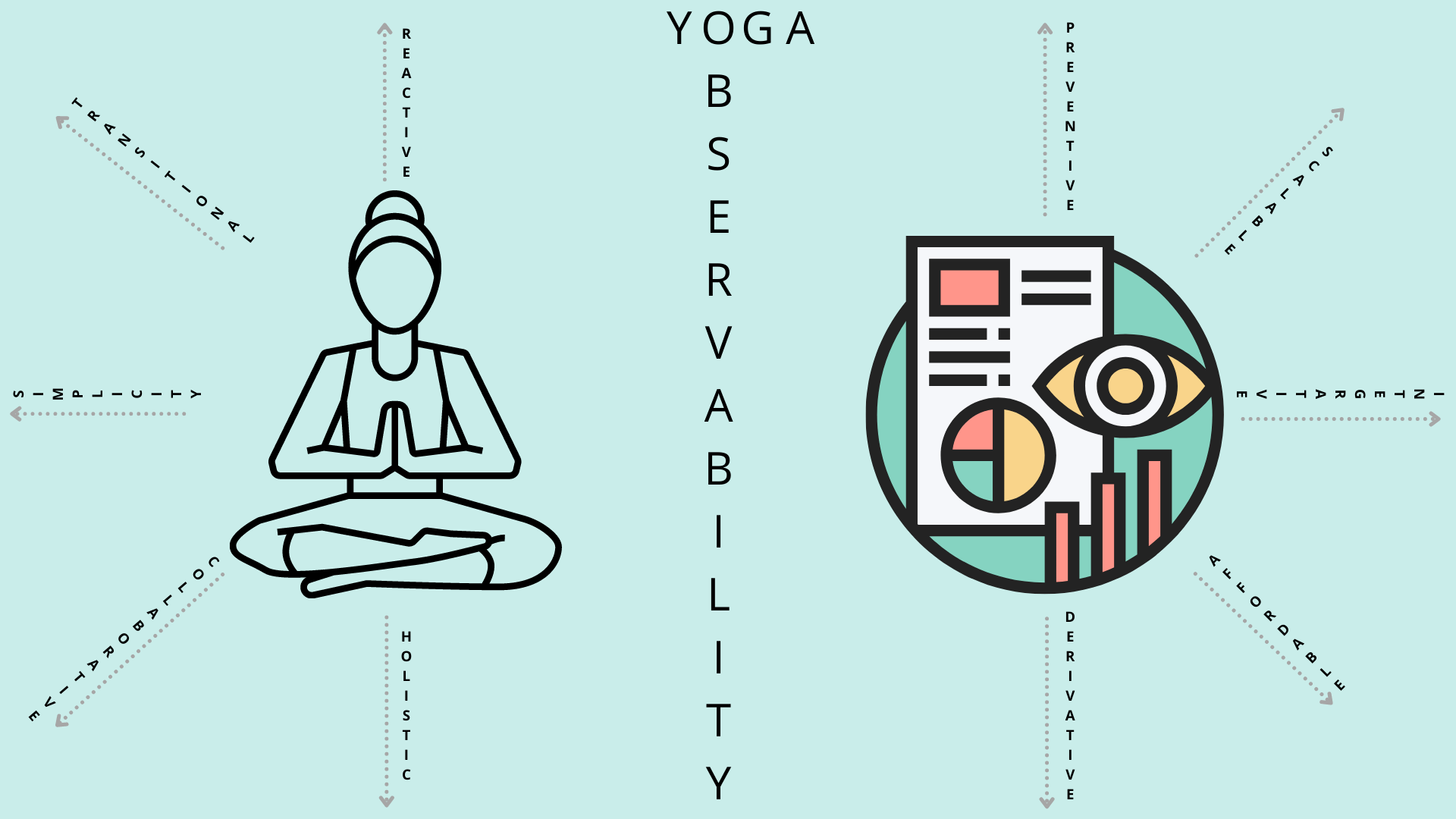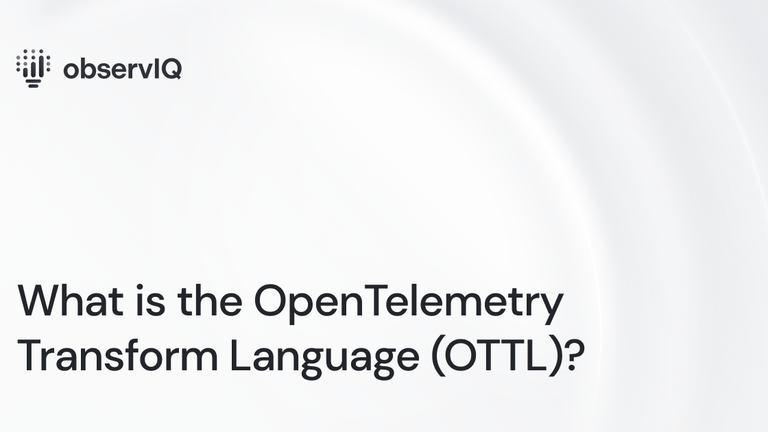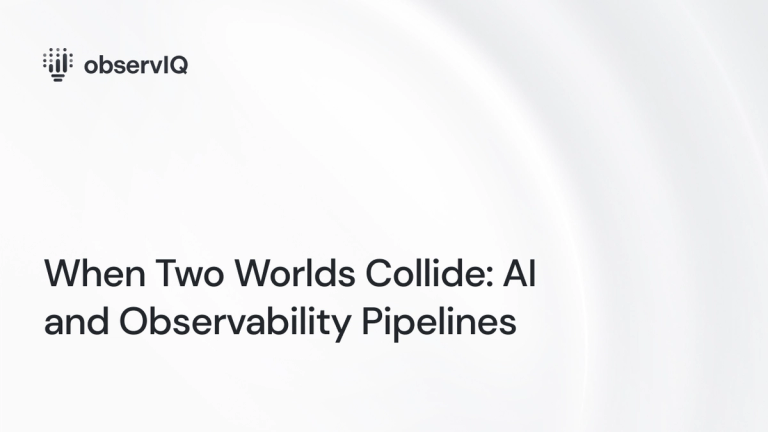Unexpected Parallels Between Yoga and Observability

Parallels Between Yoga and Observability
Yoga is what observability is to ideal human health and an application’s ideal functioning. It is well established that observability is a critical factor for successfully implementing and maintaining cloud-native, serverless, cloud-agnostic, and microservices-based applications. Well-established observability helps DevOps and development teams cross the boundaries of complex systems and get complete visibility into their functioning.
The definition of observability is derived from control theory, which states, “A system is said to be observable if, for any possible evolution of state and control vectors, the current state can be estimated using only the information from outputs (physically, this generally corresponds to information obtained by sensors). In other words, one can determine the entire system's behavior from the system’s outputs. On the other hand, if the system is not observable, state trajectories are not distinguishable by only measuring the outputs.” (Wikipedia)

There are many parallels between yogic practice and observability. We think it’s a fun and exciting way to define the basic concepts of observability.
Observability is Preventive
The most basic rule of thumb in yoga is to articulate the mind to circumvent the pressures of disruption in any of the three doshas, Vata, pitta, and Kapha, via regulated yogic practices. This translates into observability, aligning the three pillars of observability, logs, metrics, and traces, to smoothen out the application’s functions. As in yoga, the process of regulating observability is prophylactic.
Observability is Reactive
Yogic stances are reactive to the body’s transitions, flows, and capabilities. With each pose, the mind reacts to the flow of the body, and the body adapts to the cues from the surroundings. This reactive capability in yoga is called vinyasa. In observability, there needs to be a synchronized flow between the development, DevOps, and the observability platform to be reactive to events in the application. Most organizations that operate in a service-based implementation model have preset SLAs for their mean time to resolution( MTTR). Adhering to the SLA without a logging solution could be impossible.
Observability is Scalable
An individual can practice yoga at any level, starting at the primary level called Karma yoga and working their way up to Kriya yoga, which is more endurance training for the mind and body. So is observability. An observability implementation does not have a limit to its scalability. Organizations can start from a simple log management solution, which is the core of observability, and build their way to a more sophisticated observability strategy.
Observability is Not Restrictive
Yoga does not require expensive equipment or gear to practice. The simplicity of yoga makes it adaptable across the globe. People from all walks of life can embrace yoga in their way. Like yoga, observability solutions such as the observIQ factor allow users of all levels to access their tool and offer free plans. There are also a lot of open-source observability solutions, such as OpenTelemetry, that businesses can implement with little to no monetary investment.
Observability is Derivative
As a yogi continues to practice, they learn more about the strengths and weaknesses in their body and mind. A more robust yogic practice called Gnana yoga allows individuals to build their intellect and overcome their weaknesses. This derivative nature parallels observability, allowing users to study, analyze, and formulate solutions to problems based on the data.
Observability’s Approach is Holistic
According to yoga, every body has five transitional phases called Kosha, they are annamay, manomaya, pranamaya, vijnanamaya and anandamaya. Observing each phase closely and practicing the relevant yogic stances for each phase is the best approach to embracing yoga. Similarly, in observability, it is necessary to manage the events from the five stages of an SDLC, namely, planning, analysis, design, implementation, and maintenance.
Observability is Collaborative
Modern yogic stances have evolved to collaborate between two or more individuals who elevate each other’s strengths to gain health and mental benefits. So is observability. Today's observability platforms are highly collaborative, allowing users to collaborate in data analysis, error handling, and debugging.
Observability is Transitional
Today's yoga has changed drastically from the initial practice 5000 years ago. The modern versions of yoga require the current day to be quicker, result-driven, and less strenuous. So are all observability platforms in the cloud era. Observability has been around since we started using computing systems. Observability has taken center stage with the advent of cloud-native, serverless, and microservices-driven application development. The tools catering to modern-day needs have new-age solutions such as quick implementations, pre-configured plugins, and more. The implementation-to-use timeline is a matter of minutes.
Observability is Integrative
New-age yogis experiment with yogic postures with other physical training disciplines such as acrobatics, Pilates, etc. This approach to yoga brings in people mastering those disciplines to make yogic postures more efficient. This is similar to observability because there’s an agreement that there is never a one-size-fits-all solution in the observability space. OpenTelemetry was the result of this thought process. With an integrative approach like OpenTelemetry, organizations can choose the most appropriate solution for themselves without compromising on quality.
Observability is Simple with the Right Solution
Yoga, as we discussed earlier, is practiced in many forms. There’s a growing consensus that no perfect way to do a specific yogic pose exists. The poses dictated by the rhythmic movements of the body and breathing techniques are long gone. Now, yoga is simplified for everyone to do. So is observability. Companies like ours offer a solution for small to medium-sized businesses, individuals, contractors, or even users who want a smart home logging solution. Such solutions do not have endless querying on terminals or exhaustive installation steps; they offer a quick start to getting up and running for everyone.
Contact our excellent customer support team if this post makes you curious about observability or our product. Until we return with our next installment of interesting new features and product insights, stay observant with observIQ.



